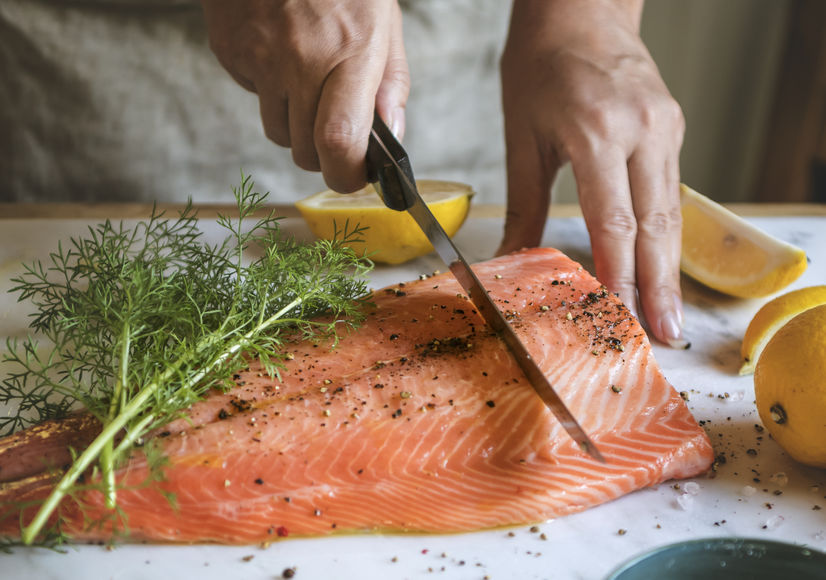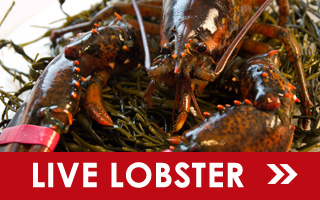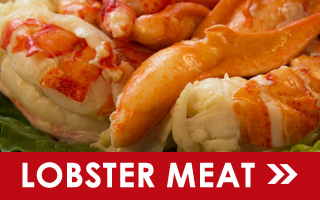 Seafood is not only delicious and versatile but also a fantastic source of nutrition. It’s low in calories, high in protein, and packed with essential nutrients. Whether you’re in the mood for lobster, shrimp, salmon, or other shellfish, seafood can be a breeze to cook with a bit of practice! The key to mastering seafood preparation lies in understanding the nuances of each type of seafood and using the right techniques to bring out the best flavors.
Seafood is not only delicious and versatile but also a fantastic source of nutrition. It’s low in calories, high in protein, and packed with essential nutrients. Whether you’re in the mood for lobster, shrimp, salmon, or other shellfish, seafood can be a breeze to cook with a bit of practice! The key to mastering seafood preparation lies in understanding the nuances of each type of seafood and using the right techniques to bring out the best flavors.
Here are some essential tips to help you prepare some of your favorite seafood dishes.
Initial Prep
Lobster
When it comes to lobster, a few extra steps are necessary to ensure a tender and flavorful result. If your lobster is frozen, the best method is to thaw it in the refrigerator for at least 24 hours. This slow thawing process helps preserve the texture and flavor of the meat. If you’re short on time, you can speed up the process by placing the lobster in a resealable plastic bag and submerging it in a bowl under cold running water.
Once thawed, rinse the lobster under cold running water to clean it. Boiling or steaming is typically the best cooking method for lobster. When handling live lobsters, be sure to cut the rubber bands off the claws just before dropping them into the pot to ensure even cooking.
Shrimp
Defrosting shrimp is quick and easy. Simply place them in a bowl of cold water, and they’ll be ready to cook in no time. Once defrosted, peel back the shell and remove it along with the legs. You can leave the tails on or remove them by gently pulling them off.
The next crucial step is deveining the shrimp. Using a small paring knife, slice down the back of each shrimp to expose the vein, then use your fingers to remove it. This step is important for both aesthetics and taste, as it ensures your shrimp are clean and ready to be cooked to perfection.
Salmon
Salmon is a quick and versatile fish that thaws easily. To defrost:
- Place the salmon in a freezer bag and submerge it in a bowl of cold water. The fish should be ready to cook in about 30-45 minutes.
- Once thawed, decide whether you want to keep the skin on or remove it. If you prefer skinless salmon, gently slice the skin off with a sharp knife, starting at one end and working your way down.
- Be careful to stay close to the skin to avoid losing any of the delicious meat. Whether you keep the skin on or off, your salmon is now ready for seasoning and cooking.
Marinating and Seasoning
No one wants a bland dish, and when it comes to seafood, seasoning is essential to enhance its natural flavors. Marinating your seafood adds depth to the taste and helps tenderize the meat. Consider using fresh lemon juice, salt, pepper, garlic powder, and melted butter for a simple yet flavorful marinade. These ingredients are reliable staples that complement almost any seafood. Place your seasoned or marinated seafood in a resealable container and refrigerate it until you’re ready to cook. If you’re experimenting with different marinades, be mindful of the marinating times for each type of seafood, as some may require less time to absorb the flavors.
Cooking
Seafood can be cooked in various ways, bringing out unique flavors and textures. Here’s a quick overview of some popular cooking methods:
- Sautéing: This quick method is perfect for shrimp or scallops, giving them a nice sear while keeping the inside tender.
- Boiling: Ideal for lobster and crabs, boiling cooks the seafood evenly and quickly.
- Baking: Baking is a gentle method that works well for fish like salmon, allowing the flavors to develop slowly.
- Grilling: Grilling imparts a smoky flavor to seafood, making it a great choice for a summer barbecue.
By experimenting with different cooking methods, you can find the one that best suits your taste and the seafood you’re preparing.
At Cape Porpoise Lobster Co., we take pride in delivering fresh Maine lobster and seafood directly to your door. Our free overnight shipping ensures that the seafood you receive is of the highest quality and ready to cook.
For more seafood preparation tips and recipes, browse our website and call 1-800-967-4268 to purchase fresh Maine seafood!




